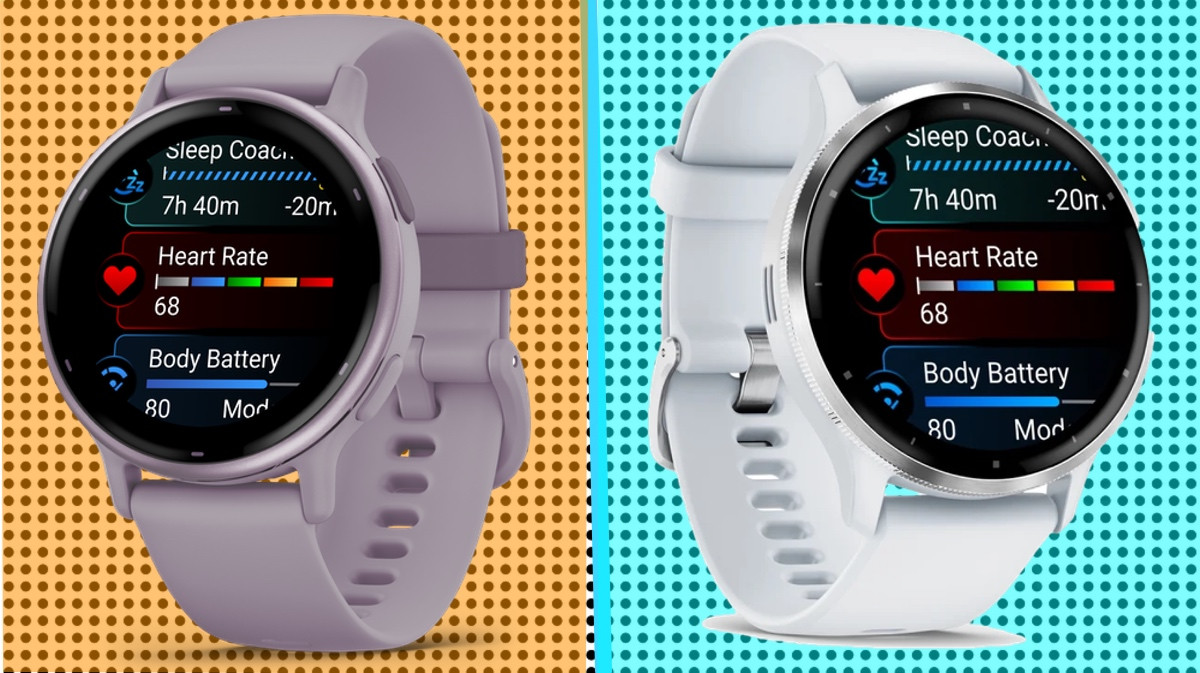
Garmin has taken the wrappers off its new Vivoactive 5 smartwatch – and it’s essentially a cut-price version of the Garmin Venu 3.
It makes things confusing, being a completely different Garmin sub-brand yet so close in features to Garmin’s flagship smartwatch. Calling it the Venu 3 Lite would have a more appropriate name.
If you’re in the market for an all-action Garmin smartwatch, but you're struggling to pick between these two, read our guide to choosing the right device for you.
And read our in-depth tests below:
squirrel_12950625
Garmin Venu 3 review | Vivoactive 5 review
squirrel_12991925
Prices compared
A lot of this decision will come down to price – so let’s get right to it:
The Garmin Vivoactive 5 is set for $299/£259 – and that comes in a range of colors. So there's great value for money here.
The Venu 3 costs $449/£449, so the extra features and better design come at a big premium.
Let’s dive into the key differences in features and performance.
Design
Wareable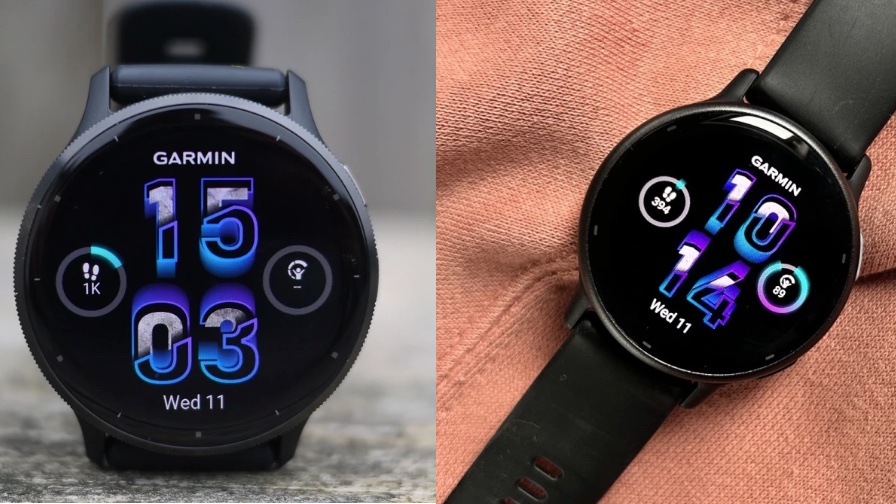
The Venu 3 and Vivoactive 5 look pretty similar – and unless you’re a seasoned Garmin watcher, I’m not sure too many people will tell the difference. But there are a few critical points to understand.
The Vivoactive 5 uses an aluminum case, while the Venu 3 uses stainless steel. That means that the overall appearance and feel will be much higher quality on the more expensive Venu 3.
The Venu 3 comes in two sizes. The standard issue is 45mm, but the Venu 3S comes in at 41mm.
For the Vivoactive 5, it comes in a single 42mm case size, so it’s a one-size-fits-all approach. That might not be right for people with bigger wrists or who prefer oversized watches – and that means the Venu 3 might be the savvy buy.
In terms of screen technology, both use full AMOLED displays. But there is a big difference in real-world usage.
The Vivoactive 5 uses a lower quality 1.2-inch AMOLED with a 390x390 resolution.
The Garmin Venu 3 (45mm) uses a 1.4-inch AMOLED with 454x454, so it’s clear which wins out in this head-to-head.
But because of the stainless steel case, the Venu 3 weighs 47g with band, while the Vivoactive 5 weighs 36g, so it’s more manageable on the wrist.
Heart rate tech
Wareable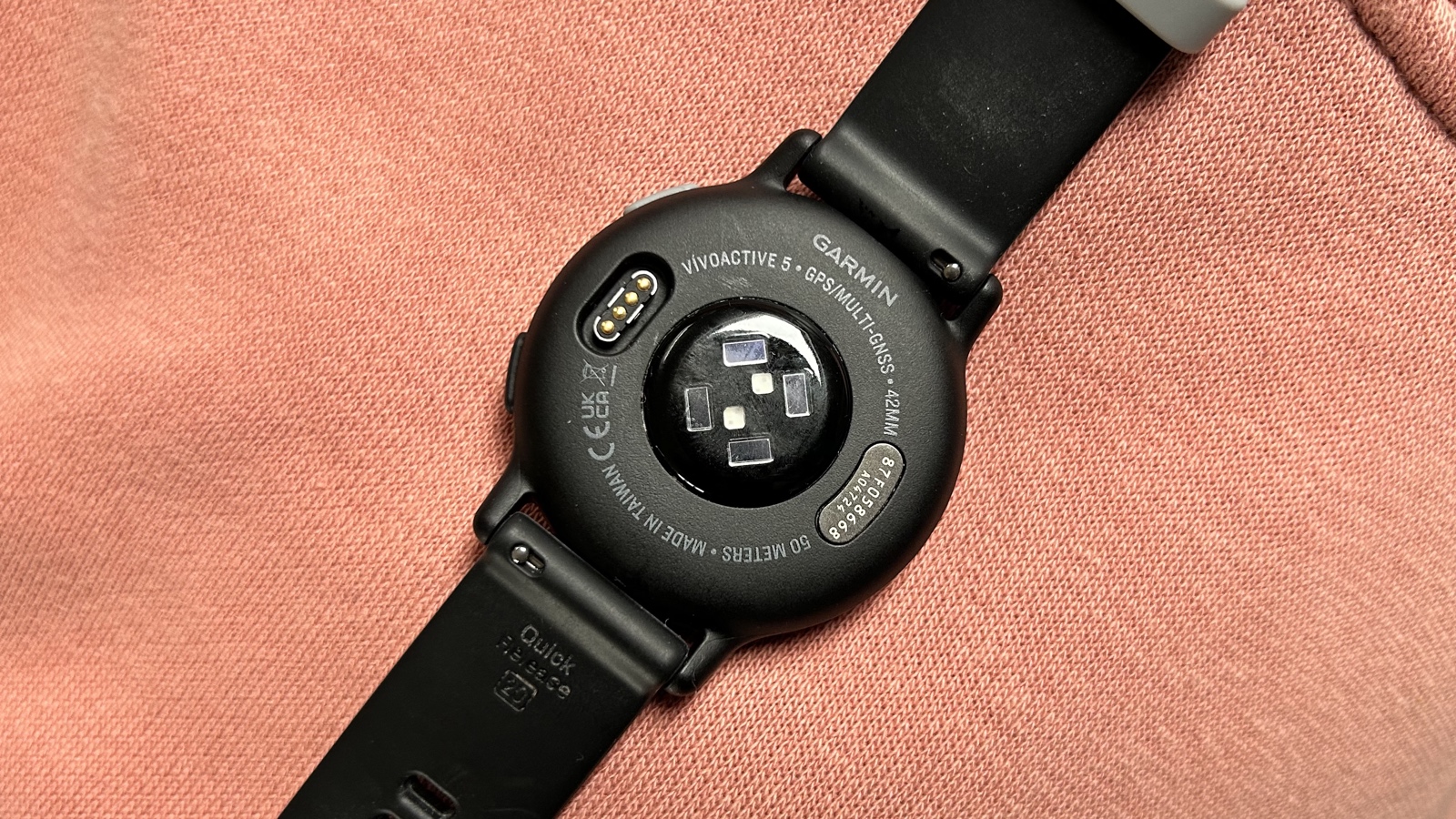
Vivoactive 5 (above)
One of the key differences to understand is that the Garmin Venu 3 uses the brand-new Garmin Elevate 5 heart rate sensor tech. That was introduced on the new Fenix 7 Pro, so essentially, the Venu 3 uses the best Garmin has got.
The Vivoactive 5 uses the Elevate 4 sensor. So how much difference does it make? It depends what you're doing.
We’ve found Elevate 4 to be accurate enough for steady runs and workouts – and is perfectly good for all-day health tracking. It will do for most people.
However, the newer Elevate 5 sensors have proved more reliable at higher intensities. So if you want the best, you’ll need to stump up for the Venu 3.
If you're really particular about your training data, the Venu 3 is best. But perhaps you should be looking for a more advanced Garmin sports watch – check out our guide to the Venu 3 vs Forerunner 265 if so.
Voice features
Wareable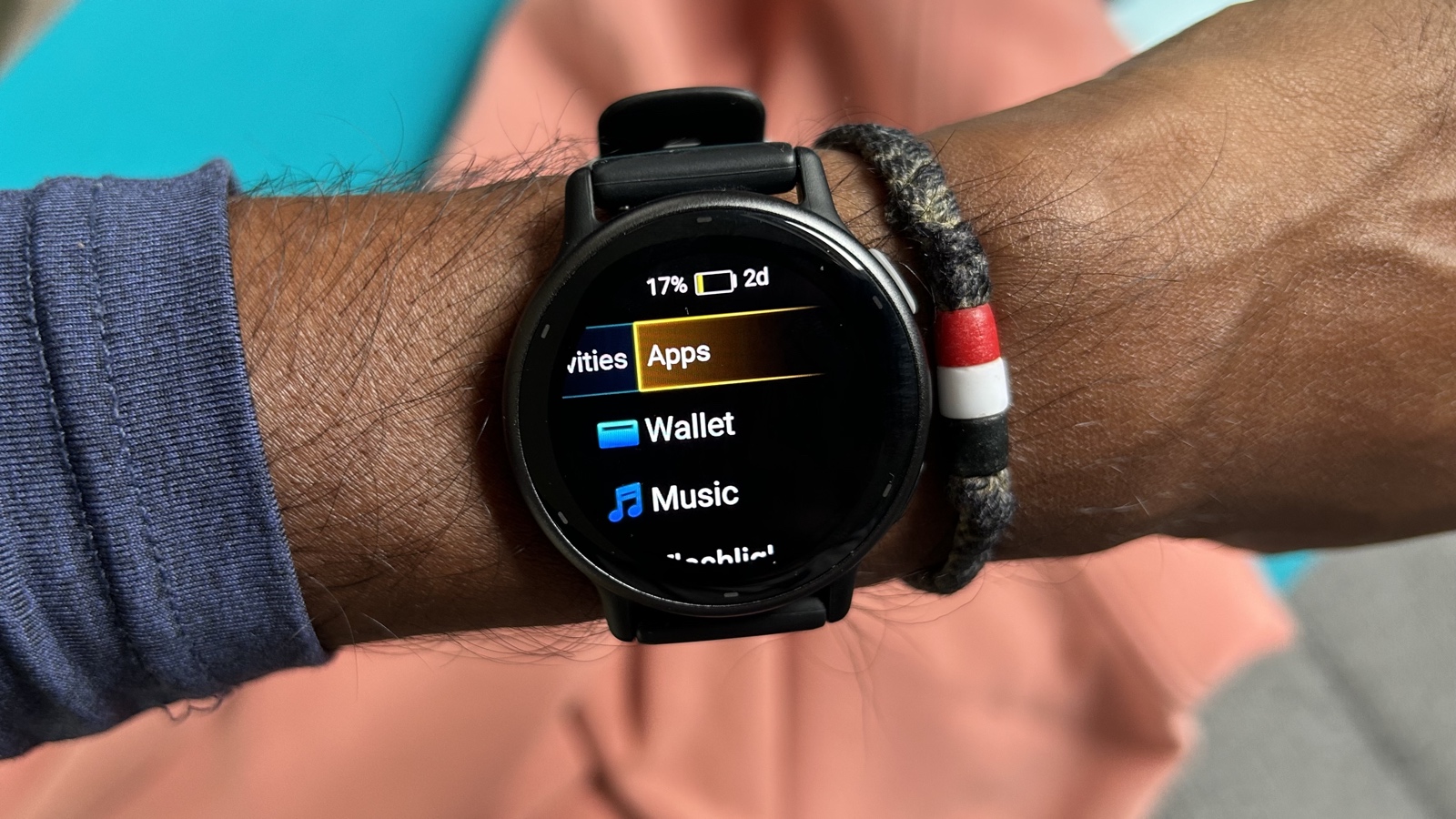
Vivoactive 5 (above)
Garmin has also reserved some smart features for the Venu 3, and if you want to make or take calls, or use your phone's voice assistant from the wrist, that’s your option.
However, those features don’t feel like a dealbreaker to us.
The Vivoactive 5 still offers payments via Garmin Pay, and you can access Garmin Connect IQ to get apps – and that means Spotify playlists on the wrist.
ECG, sleep and wellness
Wareable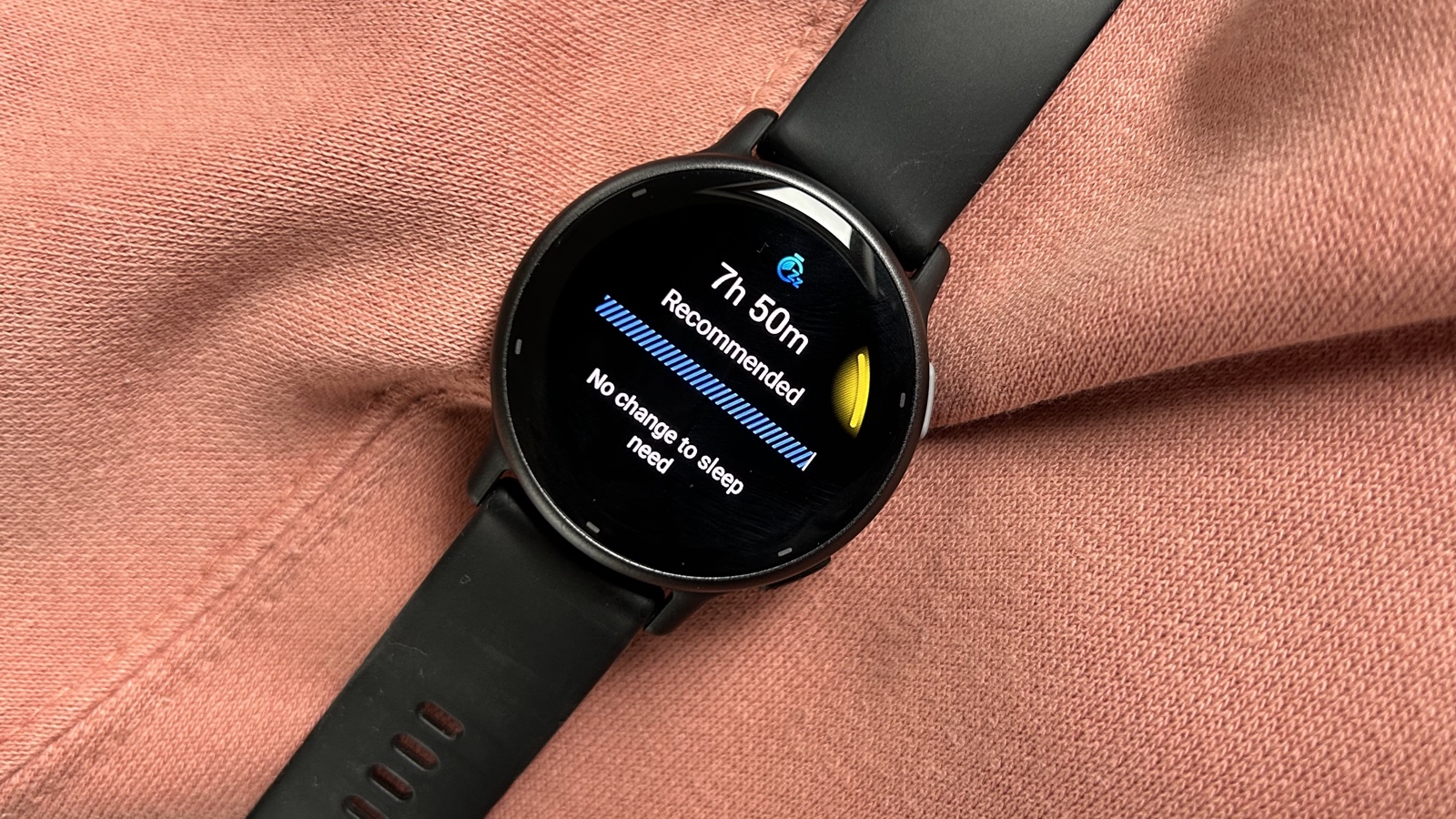
Vivoactive 5 (above)
Since launch, however, the Venu 3 now features ECG (only in the US for now) which means you can spot-check heart rhythms for signs of Afib from the wrist.
The headline addition to the Venu 3 was the revamped sleep tech, which added a new sleep coach and tracking of naps. We had a few accuracy issues with it in our review time.
That's identical to the Vivoactive 5 – essentially taking the Venu 3’s best and newest feature. So you can see how similar these smartwatches are.
Otherwise, the Venu 3 and Vivoactive 5 share the same health features, including Body Battery (and insights), Pulse Ox, stress and menstrual tracking, HRV status, and meditation.
The only key difference in terms of health features is the lack of Jetlag Advisor on the Vivoactive 5.
Battery life
Wareable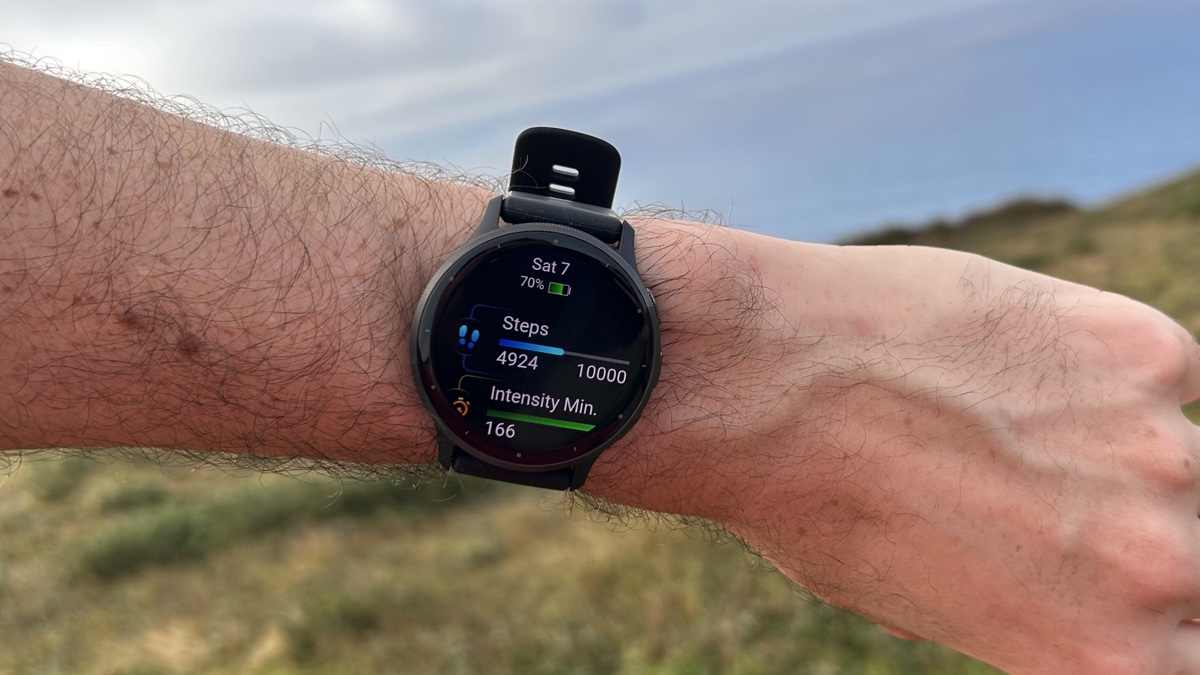
Venu 3 (above)
In terms of battery life, the Vivoactive 5 will last 11 days in smartwatch mode and 5 days if you use the always-on display. All Systems GPS tracking (the most accurate mode) will offer 17 hours.
For the Venu 3, it will last 14 days in the smartwatch mode, but there’s no estimate given for the use of the always-on display. We will put that to the test in our review.
All Systems GPS tracking yields 20 hours on the Venu 3 – so there’s a slight boost in battery life but certainly nothing dramatic.
Which should you choose?
The Garmin Venu 3 is the superior smartwatch in every department, and if you have an eye on design, it’s a clear choice. And given it’s the only one to offer a 45mm case, and for larger wrists, that makes it a better choice.
But if you’re looking to save $200/£200 (and let's face it, who isn't?) – the Vivoactive 5 offers so much of the Venu 3. All its best features are here, and it’s an excellent all-round, fitness-focused smartwatch.
How we test
